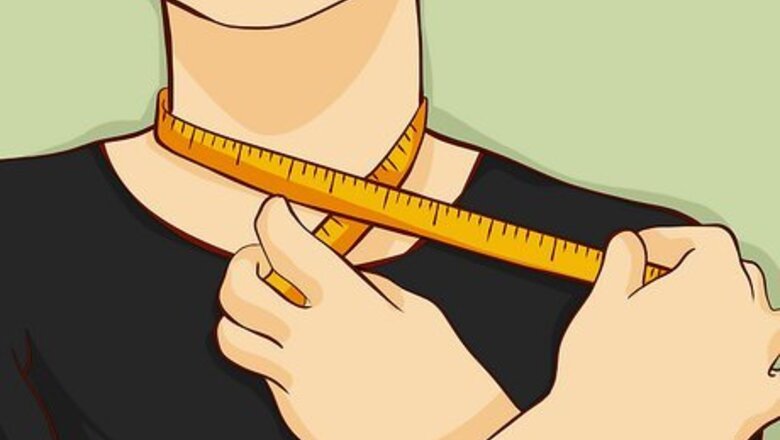
views
Measuring for a Dress Shirt
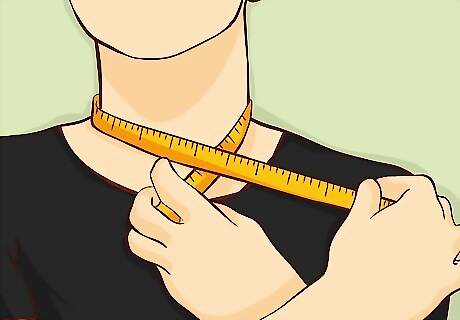
Measure your neck just under your Adam's apple. Wrap soft measuring tape (tailor's tape) around your neck. To add some extra breathing room, place a finger underneath the measuring tape. This measurement will help you determine the perfect neck size for a well-fitting collar.

Measure your sleeve length from your neck to your wrist. Hold the top of the measuring tape against the middle of the back of your neck. From there, guide the rest of the tape over the top of your shoulder and down to just below your wrist. Measure along the curve of your arm with your elbow slightly bent. This method might be a little easier with a friend's help. If doing this by yourself is too difficult, you can also try measuring the length of a long sleeve shirt that fits you well.
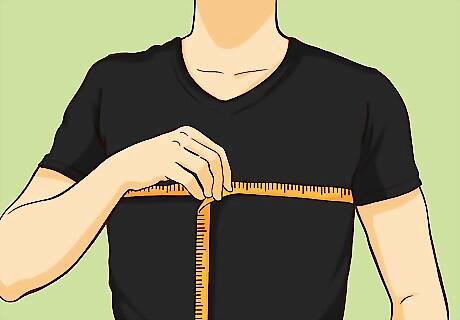
Measure your chest at its widest point. With your tape measure parallel to the ground, place it on the widest part of your chest (usually just below your armpits). Then, wrap it around your back so that it makes a circle around your chest. As you wrap the measuring tape, relax and hold your body in a natural standing position. Take a deep breath to make sure the measuring tape doesn't constrict (this will give you some breathing room in the chest).
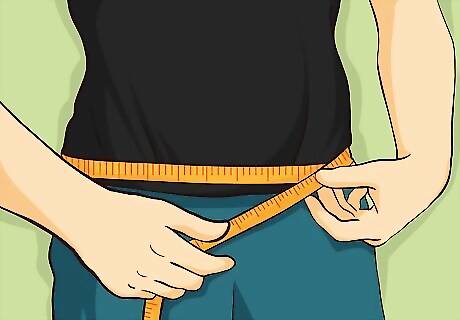
Measure your natural waistline. Wrap the measuring tape around your waist (usually where your belly button is located). As you wrap the measuring tape around yourself, avoid sucking in your stomach and stand in a natural position. Make sure the measuring tape has a close fit against your skin, but is not uncomfortably tight. To leave yourself some room, place a finger underneath the measuring tape. Alan Flusser Alan Flusser, Men's Image Consultant Achieving an impeccable dress shirt fit begins with precise measurements. Have a partner carefully measure key points like your neck, chest, sleeve length, and shoulders using flexible tape. Stand naturally, neither overly rigid nor slouched. Record sizes rounded to the nearest quarter inch, allowing room to breathe. Comparing your dimensions to standard sizing charts also proves useful. However, nothing substitutes trying on shirts firsthand or having one tailored. An ideal fit combines comfort and style."
Dress Shirt Sizing
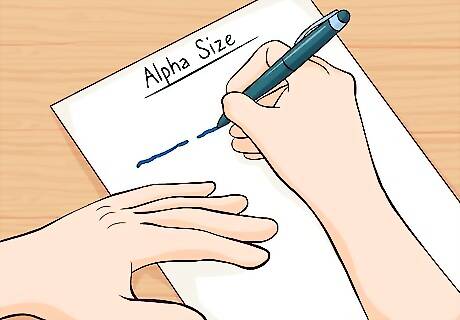
Compare your measurements to alpha sizing. Write down your measurements so you can choose a dress shirt that fits correctly. Alpha sizing is typically small, medium, large, and extra-large. If you have mismatched measurements (i.e. your arms fit a small but your waist fits a medium), consider opting for the larger size and visiting a tailor. Though the measurements vary slightly depending on the brand, they typically correspond to the following: Small: neck size of 14–14.5 in (36–37 cm), sleeve length of 33 in (84 cm), chest size of 35–37 in (89–94 cm), and waist size of 29–31 in (74–79 cm). Medium: neck size of 15–15.5 in (38–39 cm), sleeve length of 34 in (86 cm), chest size of 38–40 in (97–102 cm), and waist size of 32–34 in (81–86 cm). Large: neck size of 16–16.5 in (41–42 cm), sleeve length of 35 in (89 cm), chest size of 41–43 in (100–110 cm), and waist size of 35–37 in (89–94 cm). Extra-Large: neck size of 17–17.5 in (43–44 cm), sleeve length of 36 in (91 cm), chest size of 44–46 in (110–120 cm), and waist size of 38–40 in (97–102 cm).
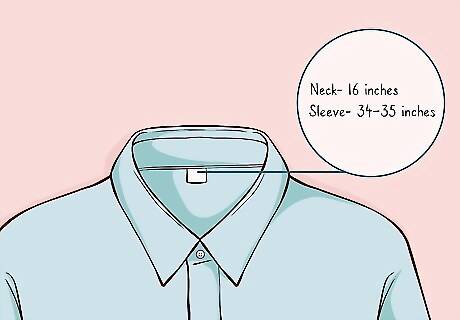
Compare your measurements to numerical sizing. If a store uses numerical sizing, the size will be listed according to sleeve measurement and neck measurement. Compare the sizing to your sleeve and neck measurements, and try on a few sizes just to be sure. A shirt that's size is listed as "16 / 34-35" has a neck measurement of 16 inches (41 cm) and a sleeve measurement of 34–35 inches (86–89 cm).

Pick a dress shirt in your desired fit. Aside from measurements, there are a few fit styles to choose from as well. The fit you pick ultimately depends on your personal style and how you feel in the shirt. In general, a classic fit will fit comfortably on average to large sizes (since this cut allows for more breathing room). A modern or slim-fit shirt will work well for those with a smaller build. Common fit options include: Classic fit: Also known as traditional fit, this style offers some breathing room in the chest and a looser fit in the shoulders. Modern fit: This style offers a more tailored look, as it fits closer to your chest than a traditional dress shirt. Slim fit: This sharp style fits snugly across your chest and offers a more tailored fit in the shoulders, sleeves, and armholes. Shirts in this style will have a tighter fit in the waist as well.

















Comments
0 comment